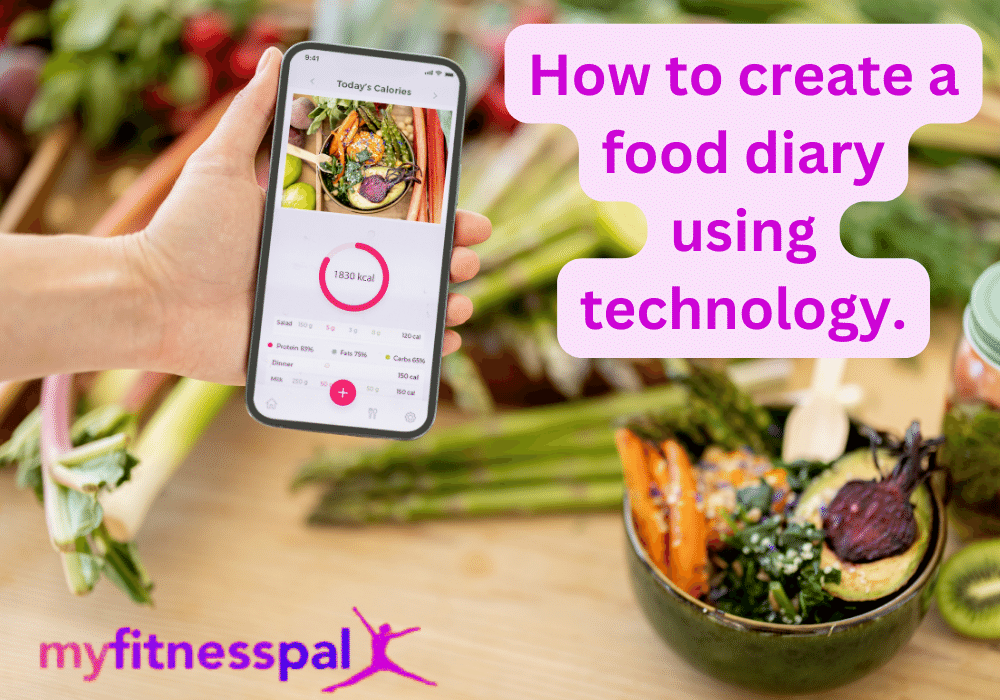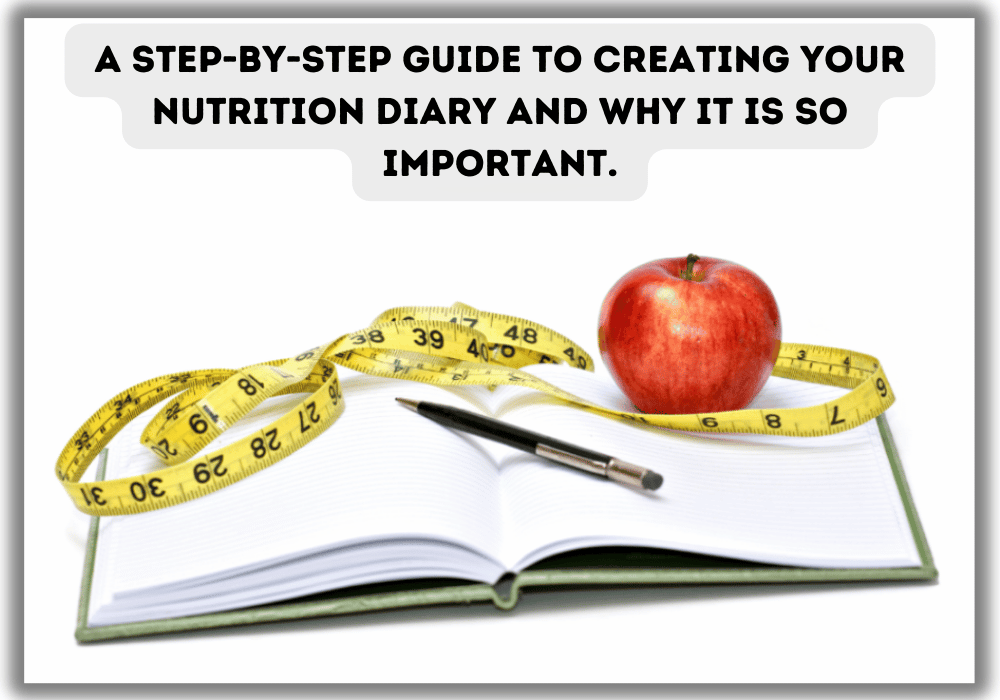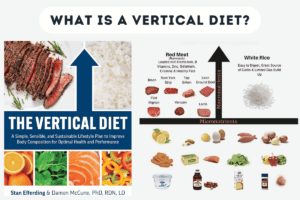Mostly, when people want to lose weight, they come to personal trainers or nutritionists and give them approximately such information: “I start my day with coffee and a sandwich. During lunch, I eat pasta with salad and chicken breast, plus some muffin, during dinner I eat a sandwich with tea and some apple. Why don’t I lose weight?”. They expect a personal trainer to give them some suggestions quickly, and they will start losing weight. But this information is not enough to create a nutrition plan, and that’s why:
What is a nutrition diary, and why is it so important?
All these things I mentioned above are essential to understand before you start creating a meal plan, and the best way to get all the necessary data about your diet is to create a nutrition diary. Now, what exactly is a nutrition diary?
A food diary is a log of what you consume each day. It can help you make changes to your diet and lose weight. You can use it to improve your health by tracking what you eat and drink. At first, it can look time-consuming, but keeping a food diary can help you, your coach, or your doctor see in more detail what you are eating and understand your eating habits. You can see what you eat during the day when you create the nutrition diary. And believe me, it can be a surprise for you. Sometimes, we eat food even without realising it, just by habit. But as you already understand, everything matters, even a tiny piece of chocolate. And when you think that you are eating healthy, you suddenly realise that it’s not true.
A nutrition diary can also show you your habits. If you try to lose weight without changing bad habits, you will fail. You can forbid yourself chocolate but if your habit is to eat something sweet when you feel sad, you will eat that chocolate in moments when you feel bad. It’s called comfort eating. You will take that chocolate without realising what you are doing because it’s a habit. And just after you finish your comfort eating, just then you will realise what you have done.
When you see what exactly you are eating, when it is going to be in front of your eyes, exact amounts of products, this will create a strong motivation to make changes, and then even without a personal trainer or dietitian, you will see by yourself why you gaining weight. You will start controlling better what you put in your mouth.
How to create a food diary properly?
To get positive results from your food diary you should include the following information:
- How much: List the food/drink item amount. This might be measured in volume (1/2 cup), weight (2 ounces), or the number of items (12 chips).
- What kind of food and how was prepared: Write down the type of food/drink. Be as specific as you can. Don’t forget to write down extras, such as toppings, sauces, or condiments.
- What type of drinks: Record all the fluids you consume, including alcohol. If you drink tea or coffee, what type of milk are you using (and how much), and whether you added sugar?
- When: Keep track of the time of day you eat.
- Where: Make a note of where you eat. If you are at home, write down the room. For instance, at the dining room table, in the kitchen, or on the sofa. If you eat by yourself, write “alone.” If you are with friends or family members, list them. If you are out, write down the name of the restaurant or if you are in the car. You can also eat while working, watching TV, or playing games.
- Mood: You also should include how you feel when you eat. Are you happy, sad, or bored? Your mood can relate to your eating habits and help you change them.
The last significant thing to consider is that your diary needs to tell the truth. You don’t gain anything by cheating to look good. Be honest with yourself, and don’t cheat when creating your food diary.
Below is an example of a completed food diary. This is just an example of a completed food diary. This is NOT what you need to eat but is simply an example of how the diary should be filled out.
| Meal | Time | Food (amount) | Additional comments Hunger score 1-10 (1=full & 10=starving) Mood (e.g. stressed),Location (e.g. my favorite cake shop) |
| Breakfast | 08:00 | 2 x weetabix (40g) 150mls semi skimmed milk1 x cup of tea with semi skimmed milk (190g) 1 teaspoon sugar(6g) | hunger score 8: very hungry; at breakfast table with Kids watching breakfast TV;tired |
| Snack | N/A | ||
| Lunch | 12:30 | glass (160g) orange juiceturkey salad sandwich made up of:medium slices granary (88g), 1 tbs mayonnaise(30g),1 sliced tomatoe (85g), 2 slices of turkey roll (22g),some lettuce (30g), 1bag of crisps (50g) | hunger score 9/10: starving; sat at desk working; stressed– no time to take break |
| Snack | 18:00 | 1 piece of chocolate cake with butter icing (65g)1 cup of tea made with semi skimmed milk (190g) – no sugar | hunger score 8/9: really hungry; waiting at the station for the train home, I bought the chocolate cake at the station, very tired – been another hardday |
| Dinner | 20:00 | baked potato (180g) grated cheddar (hard) cheese (40g)baked beans in reduced sugar tomatoes sauce (135g)butter 1 knob (15g) | Hunger score 6-7: Not that hungry but still ate all my dinner! Ate it in front of the TV feeling relaxed. |
| Snack | N/A | ||
| Supper | N/A |
How to create a food diary using technology.

If you have a smartphone you can choose from a wide range of apps to record your food intake. This means that you don’t have to carry paper to create a food diary. Popular apps include MyFitnessPal and My Diet Coach. Another way you can use a smartphone is to use the camera to take a photo of your meal and then use the speech or text function to record what you have eaten.
In conclusion, I would like to mention, that creating a nutrition diary is the first and the most crucial step if you want to lose weight. The nutrition diary will show you the picture of what exactly you are eating, what amounts, and what habits you have and will motivate you to eat healthier. You can create a nutrition diary by hand, using an example of a food diary I showed above, or you can use some online calorie counters like MyFitnessPal. Now, try to create your own nutrition diary using your preferred method (minimum 1-week nutrition diary). Look at the example above and try to make it as detailed as possible.




